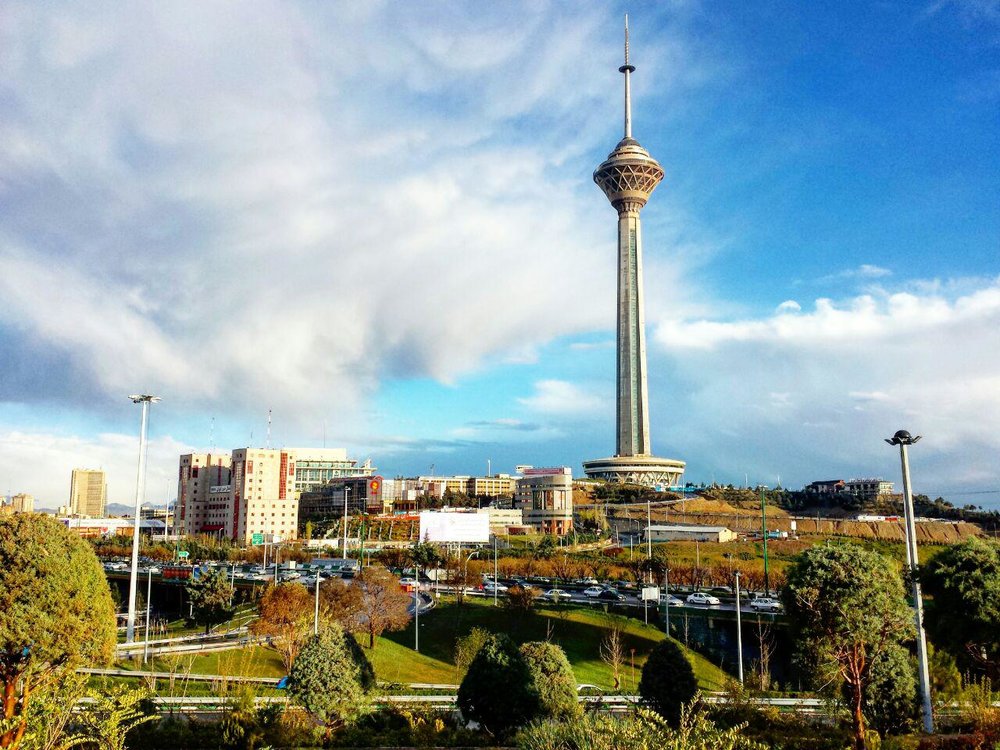Tehran urban management intent on better livability

TEHRAN — Tehran, being the capital city of Iran for 230 years, is now a metropolis facing continuing, formidable challenges specially over the four past decades.
About nine million people - almost 16.6 percent of the country’s population - are currently residing in Tehran, which constitutes only one percent of the country’s land area.
The city has undergone rapid but unsustainable development over the past few years and is now confronting some serious environmental challenges of which air pollution is standing out.
Moreover, the recent tremors hitting Tehran have once again provoked criticism centering on Tehran’s lack of disaster preparedness.
Rundown areas stretching over 3,200 hectares, which accommodate more than 15 percent of Tehraners, are another matter of concern for urban managers.
Torturous traffic congestion, underdeveloped public transport, high number of cars plying the city, urban sprawl, pollutant factories surrounding the city, and land subsidence are only tip of the iceberg and each can be the city’s undoing in the near future.
What is livability?
The concept of livability is simple: it assesses which locations around the world provide the best or the worst living conditions.
The Economist Intelligence Unit’s livability survey has assigned a rating of relative comfort for over 30 qualitative and quantitative factors across five broad categories of stability; healthcare; culture and environment; education; and infrastructure to every city.
Each factor in a city is rated as acceptable, tolerable, uncomfortable, undesirable or intolerable. The scores are then compiled and weighted to provide a score of 1–100, where 1 is considered intolerable and 100 is considered ideal.
Is Tehran livable?
Tehran has topped the list of world cities that have achieved biggest improvements in livability over the past five years, as calculated by the Economist Intelligence Unit. Tehran’s overall livability score was at 50.8 out of 100 ranking 127, registering an improvement of 5% since 2011.
While our capital is closer to the end of the table there is still a light at the end of the tunnel. We are improving.
Gaining public trust, encouraging NGOs
According to Tehran mayor Mohammad Ali Najafi the development taken place over the past few years in the city have decreased its livability. “We haven’t succeeded much in making the city livable and sustainable and now we cannot continue adopting the current policies,” Najafi said in his inauguration speech in September 2017.
Councilor Mohammad Salari has also said that investing in developing highways and constructing tunnels won’t make a city livable, they have just increased the number of cars and subsequently traffic and air pollution and decreased the quality of life.
“This time we have to take actions according to what people want, we should retrofit the rundown areas, we need to gain public trust and do what people ask,” Salari said in an undated interview with Mehr news agency.
Hojjat Nazari, another councilor, has also said that encouraging the public to cooperate in urban management as well as cooperating with the non-governmental organizations (NGOs) can play a key role in managing the city.
So, by recognizing people’s demands in urban planning, as well as making arrangements and coming up with plans to respond to the legitimate demands and last but not least making attempts to actually implement such plans would help the city to make considerable improvement by becoming more livable.
MQ/MG
